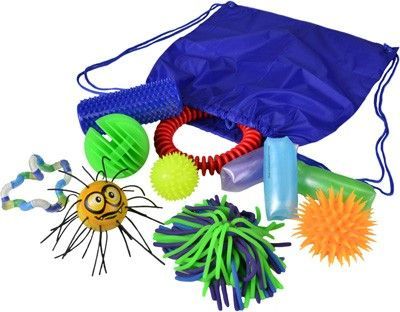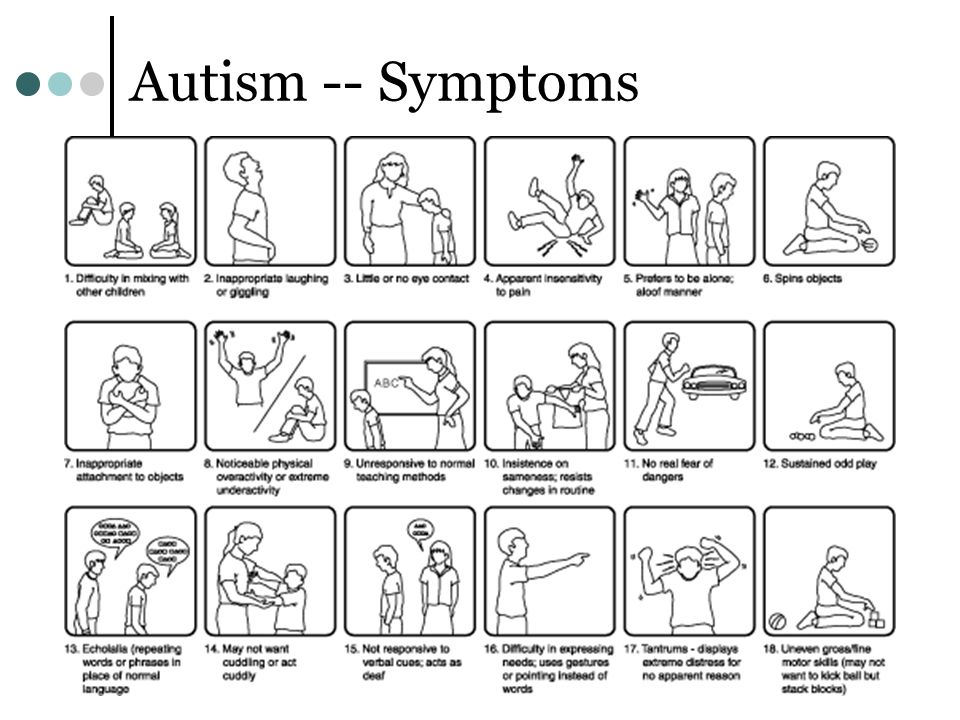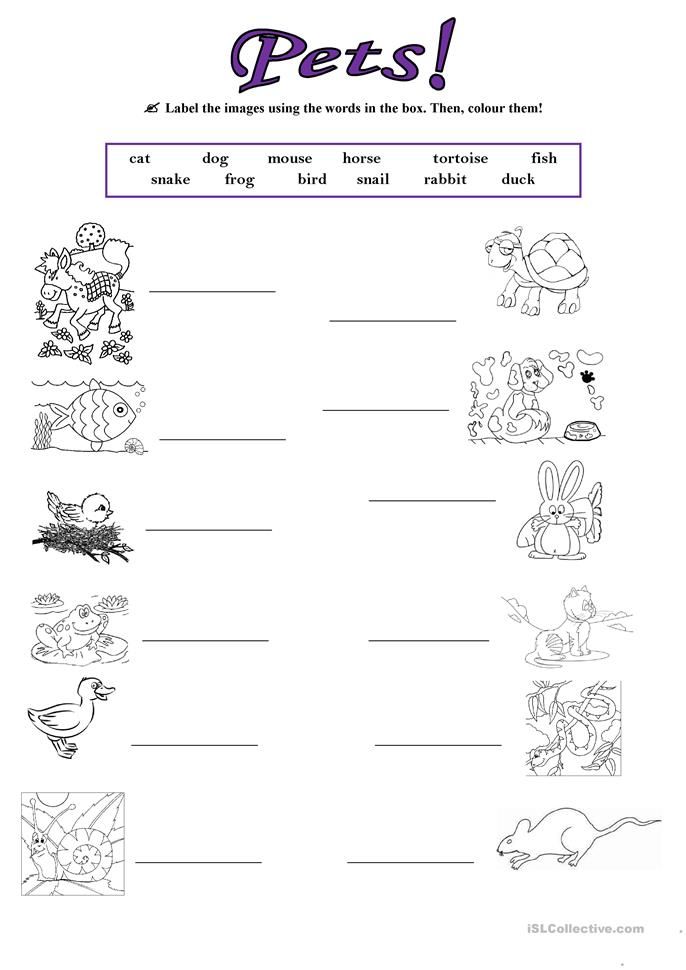Tactile stimulation service dog
Psychiatric Service Dog Training -Tactile Stimulation + More
This post may contain affiliate links.
Psychiatric Service Dog Training Lessons & Tips
A psychiatric service dog is a type of service dog that assists people who are living with a variety of psychiatric disabilities, such as depression, anxiety, and post-traumatic stress disorder (PTSD), just to name a few.
Under the ADA (Americans with Disabilities Act) for public access rights, psychiatric service dog training can be done either by the owner of the dog or with the help of a trainer or service dog organization. Check out our blog also on psychiatric service dog tasks and How to train a service dog for anxiety & psych tasks.
Training your own psychiatric service dog
Service dogs do need to be trained, but not necessarily by a professional trainer. Many people train their dogs themselves, and this is exactly where this guide hopes to help, even if just a bit.
Psychiatric Service Dog “Sarge” @sarge.Table of Contents
Please enable JavaScript
Selecting a Service Dog Breed
Psychiatric Service Dog “Sarge” @sarge.in.serviceTraits of a Good Service Dog Candidate
Not just any dog will automatically make a good service dog, and the same is true for psychiatric service dogs. Some dogs just aren’t cut out for service dog work and are better off as pets. A service dog candidate needs to:
- Be calm, especially when in unfamiliar surroundings
- Always be alert, but not reactive
- Be willing to please and learn
- Able to retain information that they learn
- Be able to be socialized in many different situations and environments
- Be reliable in performing tasks that may be repetitive in nature
Service dog in training manners checklist
- Your dog should not be overly stressed, or uncomfortable
- Your service dog in training should be fully housetrained
- The dog should not growl, nip or bite, show teeth, lunge in an attacking manner, bark, or be unpredictable
- Dogs need to be clean and well cared for, and healthy
- Dogs must be able to sit and wait quietly and patiently
- Work on startle recovery: dropping keys on the ground, for example, and then quickly recovering to pay attention to the handler once again
- Work on leash training: a loose leash without any strong leash corrections
- Work on your dog being able to lie down or sit down on cue
- Practice having your dog be left temporarily (30 seconds or more) with another person; your dog might need to be able to do this in real life and it’s important for the dog to remain calm and quiet controlled during this time
- Practice having your dog remain focused on you, even in the presence of other dogs, or other service dog teams
- Practice going through doors safely; a variety of different types of doors
- Practice getting in and out of a vehicle safely
Structure of Psychiatric Service Dog Training
Before jumping into psychiatric service dog training – training a service dog for various service dog tasks – make sure the basic foundations of dog training are in place.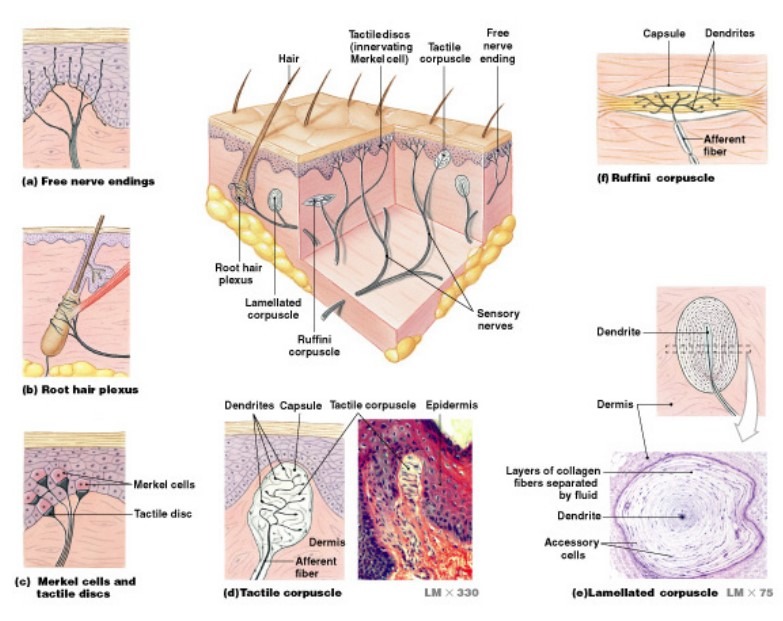 This will make the whole process so much smoother.
This will make the whole process so much smoother.
Work on service dog foundation skills first:
- House training your dog includes eliminating on-command in different locations
- Socialize your dog with the goal of having your dog remain on task even when there are unfamiliar people and even children, places, sights, scents, sounds, and even other animals
- Your dog needs to learn to focus on you and ignore all and any distractions.
- Check out the AKC Canine Good Citizen program, which can provide you with basic guidelines and benchmarks for these very essential foundation skills
- After all of these basic steps, you can proceed with training your dog to perform work or tasks to help you with your specific disability and needs
Why Do Service Dogs Wear Goggles?
Please enable JavaScript
Why Do Service Dogs Wear Goggles?
Multipurpose Service Dog “Eri” @eri_servicedogADA Rules & Service Dog Questions
Under ADA (Americans with Disabilities Act) laws, only two questions can be asked of people who are using service dogs for public access rights, in situations where it’s not so obvious that a dog is a service animal, such as when there are invisible disabilities.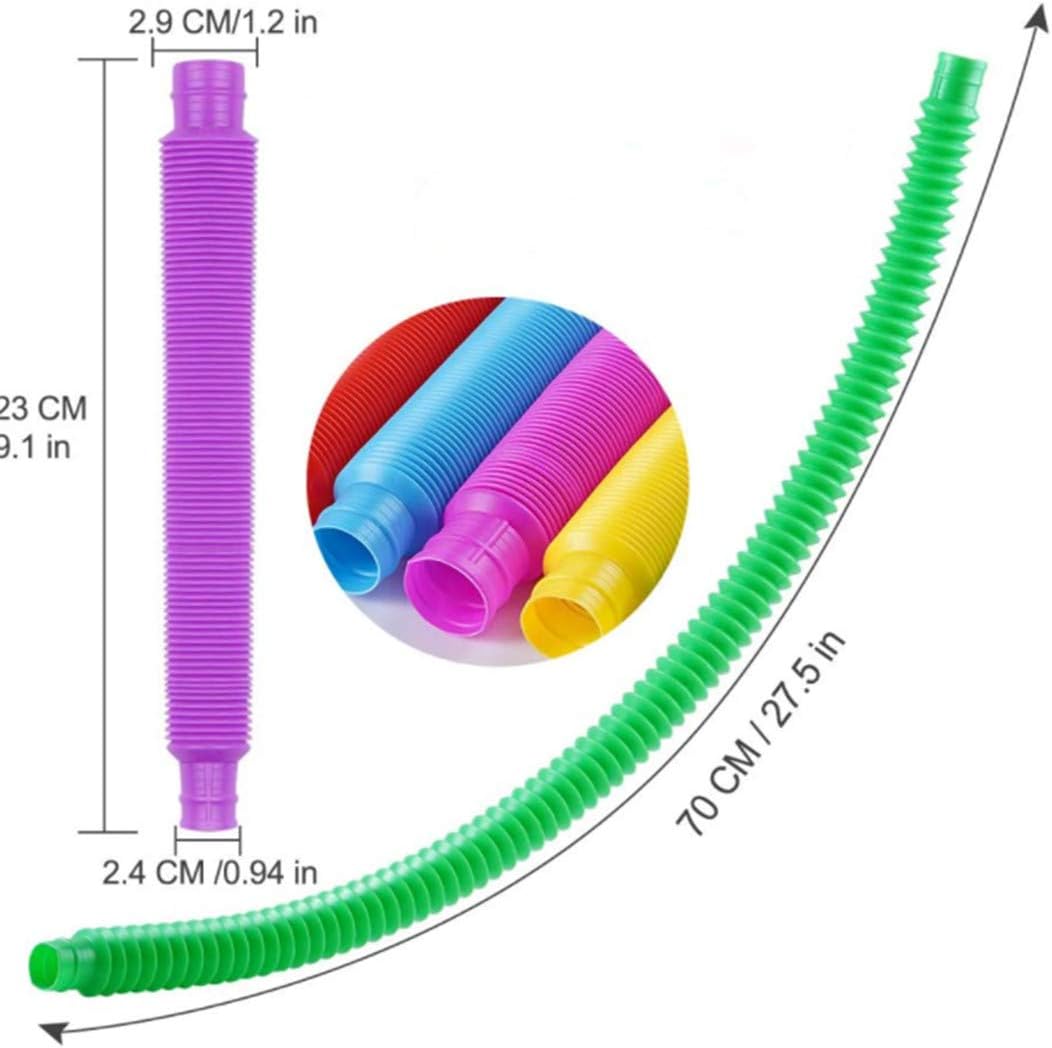
(1) Is the dog a service animal required because of a disability?
(2) What work or task has the dog been trained to perform?
Your reply to question (2) must affirm that your animal has indeed been trained to take a specific action or do a specific task when needed to help you with your disability or its symptoms.
Service Dog “BALU” from PortugalTactile Stimulation & Deep Pressure Therapy
Tactile stimulation and deep pressure therapy (DPT) is a type of psychiatric service dog training task that can help ground someone. It can help to offer a therapeutic distraction from depression, anxiety, or a panic attack, for example. This is a great task for dogs that already enjoy human contact, as it will be that much easier to train. Check out the deep pressure therapy article on our blog to learn more.
Check out this weighted blanket on Amazon (affiliate link) which may help in the meantime (especially with sleeping) if you’re in the process of training your service dog.
What will the dog do?
Your psychiatric service dog can be trained to place pressure on your chest, abdomen, or lap, or lie across a particular area of your body on cue.
How does this help?
If you’re familiar with weighted blankets, the concept is similar. Having your dog apply deep pressure therapy can promote relaxation and other positive effects, such as:
- This can help to encourage emotional regulation
- This can bring calm to a situation
- The dog’s weight and/or warmth provides and grounding effect, and calming pressure
- It can be a distraction from the pain in other parts of the body
- It may help to slow down breathing and heart rate
- It may help to switch someone from “fight or flight” to a more relaxed state of being
- Anxiety
- Disengagement or Apathy
- Dissociative episode/flashback
- Depersonalization
- Distractibility
- Depression
- Fear / Fear of Leaving Home
- Fear/Distress
- Chills
- Feelings of Isolation
- Fight or Flight Response
- Flashbacks
- Hypervigilance
- Increase in heart rate or Pounding Heart
- Intrusive Thoughts/Images
- Panic Attacks
- Sensory Overload
- Muscular or Nerve Pain
- Nausea
- Racing Thoughts
- Sadness
- Suicidal Ideation
- Trembling
Psychiatric Service Dog Training – Deep Pressure Therapy
How to begin training deep pressure therapy
Please know that there is no right or wrong way to train your dog. What works for one dog may not work for another dog, so use your intuition. Here are a few ideas of what may work to train your dog for deep-pressure therapy work.
What works for one dog may not work for another dog, so use your intuition. Here are a few ideas of what may work to train your dog for deep-pressure therapy work.
- Try getting into a comfortable position. This can be done sitting in a chair, sitting somewhere else, or lying down somewhere.
- Use one of your dog’s favorite treats to lure your dog towards you, and guide your dog until they are standing above you and/or at the part of your body you want pressure on
- Give your dog the treat and lots of praise before you release them
- Practice this as many times as it takes for your dog to be comfortable with standing up and over top of you in this position
- Next, do this again but lower the hand with the treat to the position where you’d like your dog to apply pressure to you. Be calm and praise your dog and offer them a treat after getting into the right position
- Keep praising your dog until they settle in and release their body weight onto you
- Try not to get your dog excited, because this is supposed to be a calm and calming exercise
- Give this a name and let your dog know what it is
Your dog can also provide deep pressure therapy with only their front two paws and elbows on you, the back feet can still be planted on the floor.
To teach your dog this version, tap your lap and ask your dog to come up, and then reward your dog with a treat and mark this action with a name like “hug.”
After each session, use an “off” or similar cue to let your dog know that it’s time to go back down.
YouTube Videos on DPT Service Dog Training:- How to Train Deep Pressure Therapy (Service Dog Training)
- Train Deep Pressure Therapy (DoggyU)
- How to Deep Pressure Therapy Train Your Service Dog (Dream K9)
Becoming a Service Dog Handler – The Process
It might seem overwhelming to become a service dog handler. Not to worry. This is all about baby steps. And it’s not a race, so always go at your own pace, and take your time.
You must have a disability
Service dogs are for people who have life-limiting conditions or disabilities. You can speak with your doctor to verify that you do indeed have a disability that a dog may be able to help with. You can also talk about which type of work or tasks the service dog might be trained to do to help with your disability. If a dog is simply “being there” for you, that doesn’t count as work or a task.
You can also talk about which type of work or tasks the service dog might be trained to do to help with your disability. If a dog is simply “being there” for you, that doesn’t count as work or a task.
Temperament test your dog
It’s important to do your research and find a good dog trainer. When you find one, have your dog’s temperament tested. This is to make sure that your dog is likely to be successful as a service dog for you.
Any signs of aggression in a dog toward humans or other animals are not acceptable. The service dog community has a reputation, and members of the public trust service dogs to behave professionally.
- Speak with the trainer to be sure your dog will safely be able to do the work or tasks needed to help you
- Have your dog checked out by a veterinarian to make sure the potential service dog is healthy enough to work
Start with basic dog training and obedience
Master basic obedience in a variety of places. Start with easier environments and slowly work your way up.
- At home
- Dog training classes
- Local parks
- Pet stores
- Other dog-friendly stores
- Some hardware stores and bookstores will allow pets; you can call ahead and find out
Get your dog used to people & other animals
It is so important to also work on socialization and other exposures. Make sure your dog is used to people of every color, shape, and size, and other animals, etc. Here are some more ideas:
Exposure to people
- Children and other strangers
- Babies crying
- Kids playing
- People with hats, beards, and sunglasses
- First responders & sirens
- People of all different races
- People wearing uniforms
- People running
- People wearing heavy shoes
- People wearing costumes
- People who are living on the streets
- People playing sports and throwing balls
- People doing yoga and tai chi
- People dancing, hugging, and kissing the service dog handler
- People with wild hats and dresses
- People with disabilities
- People using canes, crutches, wheelchairs
Exposure to places
- Cafes
- Busy areas
- Car wash
- Riding in cars, trucks, and busses if possible
- Pet stores
- Sidewalk with traffic closeby
- Outdoor mall
- Beaches
- Vet’s office
- Escalators and moving walkways
- Yardwork equipment
- Construction sites
- Food smells, cafeteria or food court
- Other people’s homes
- Street fairs and music
- Different types of stairs, parking lots
- Elevators
Exposure to various surfaces
- Sand, rocks, gravel, mulch
- Grates, carpet, tile, wood flooring
- Wood decks and bridges
- Wet grass
- Yoga mats
- Towles
- Newspaper & crumpled newspaper
- Books
- Styrofoam, cardboard
- Aluminum foil & parchment paper
- Air mattresses
- Bubble wrap and other wrappers
- Linoleum
Exposure to different things
- Farm animals, zoos, exotic animals
- Sudden noises
- Other dogs of all different sizes
- Thunder and lightning storms
- Skateboards, bicycles, carts
- Hoverboards, motorcycles
- Ladders
- Smoke
- Laser lights, strobe lights
- Kites, balloons, backpacks
- Suitcases
- Umbrellas
- Trains, subways, streetcars
- Shopping carts
- Vending machines
- Mirrors, doorbells
- Hair dryers
- Firetrucks, sirens
- Brooms, vacuum cleaners
Find more about your state laws for service dogs in training (SDiT)
Spend a bit of time checking out and researching your state or area laws to find out some information regarding your public access rights with a service dog in training (SDiT). Check out this article on our blog to learn more about each state’s laws for service dogs in training.
Check out this article on our blog to learn more about each state’s laws for service dogs in training.
Gradually, you can visit more and more difficult environments. These can be in pet-friendly places. Keep doing baby steps and save the more difficult stuff for later.
Moving on to more challenging situations
Once you and your dog are feeling confident about the basics, you can move on to more challenging places and situations. If your local laws or stores allow it, begin training in no-pets places. It’s recommended for your dog wear a vest or other gear labeled with an “in training” label or patches so that members of the public are aware it’s a service dog in training and that you are working on things.
You can slowly increase exposure in places such as with food and other distracting things for dogs. Keep working on staying relaxed while stationary for longer periods of time. Avoid stressing your dog.
Read more on our blog:
- Psychiatric Service Dog Tasks – 17 Examples
- What is a Psychiatric Service Dog?
- Federal U.
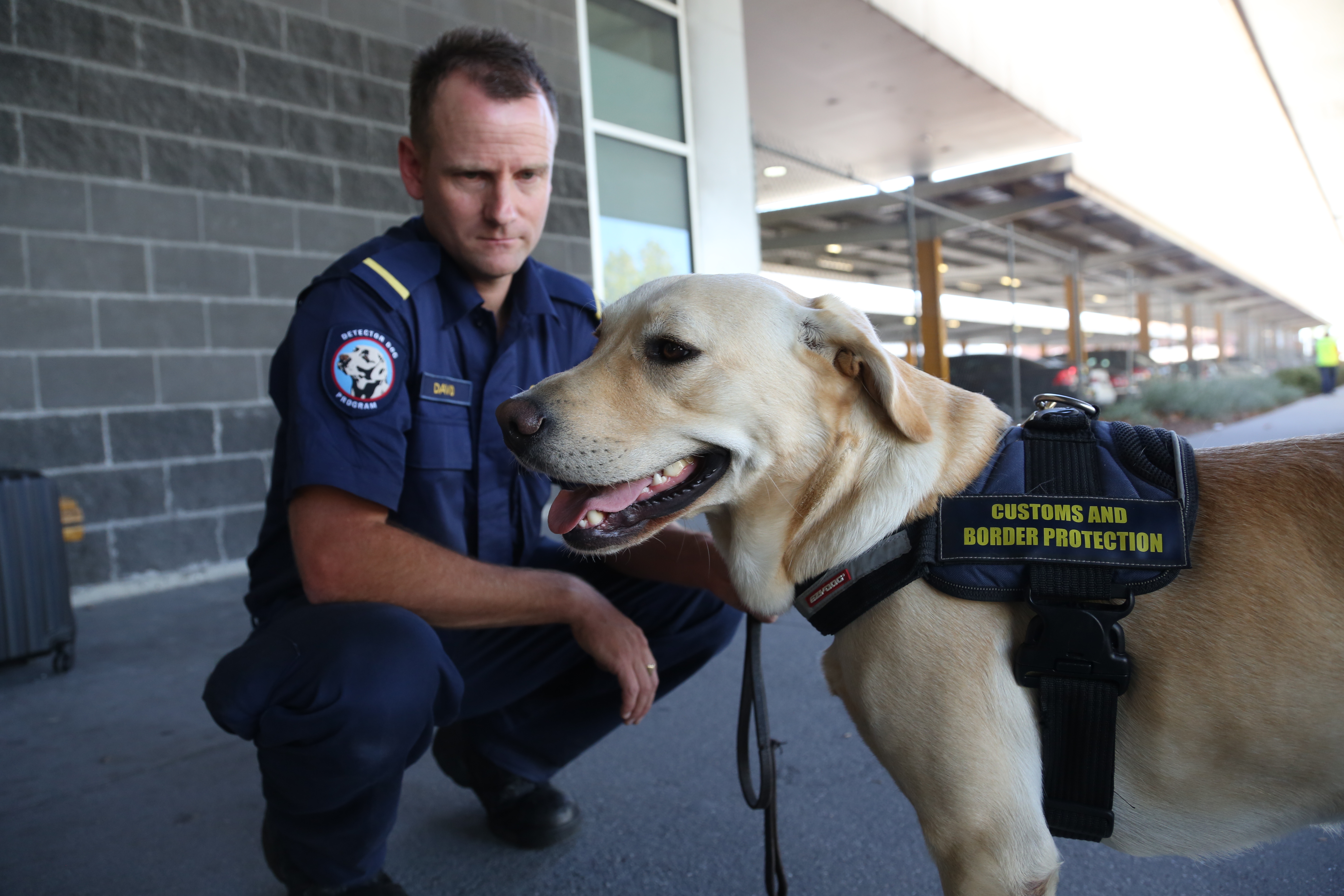 S. ADA Service Dog Laws General Guide & FAQ
S. ADA Service Dog Laws General Guide & FAQ
BACK TO TOP
Tweet
Deep Pressure Therapy (DPT)
Many of you are already familiar with the different service dog types. A service dog is trained to perform specific tasks for the benefit of an individual with a disability. This disability may be physical, sensory, mental, psychiatric, or intellectual. The new DOT regulations from April 2021 provide some clarification and limitations of the term “service animal”. Emotional Support Animals and any comfort-providing animals are no longer considered service animals, as they are not trained to provide specific tasks.
On the other hand, psychiatric service dogs are considered service dogs that provide assistance to people with psychiatric disabilities like anxiety disorders, depression, post-traumatic stress disorder (PTSD).
One of the most effective and beneficial tasks that a Psychiatric Service Dog may be trained to perform is deep pressure stimulation or deep pressure therapy. We want to let you know more about deep pressure stimulation because it is a vital part of the work performed by psychiatric service dogs.
We want to let you know more about deep pressure stimulation because it is a vital part of the work performed by psychiatric service dogs.
Deep Pressure Stimulation (DPS), is a tactile stimulation provided as gentle pressure to the body via tugging, stroking, cuddling or wrapping, that relaxes the nervous system. It can be applied through different devices: massage tools, hands, swaddles, or Psychiatric Service Dogs, specially trained to provide deep pressure therapy. If the therapy has been provided properly, it has an organizing and calming effect on the nervous system and makes the recipient feel calm and peaceful.
Why is deep pressure stimulation important?Deep pressure stimulation is an essential tool for those suffering from mental and emotional difficulties, as it provides relief from stress, fear and anxiety. By applying mild but consistent pressure on the torso, the brain responds by releasing hormones that create a feeling of calmness and peace.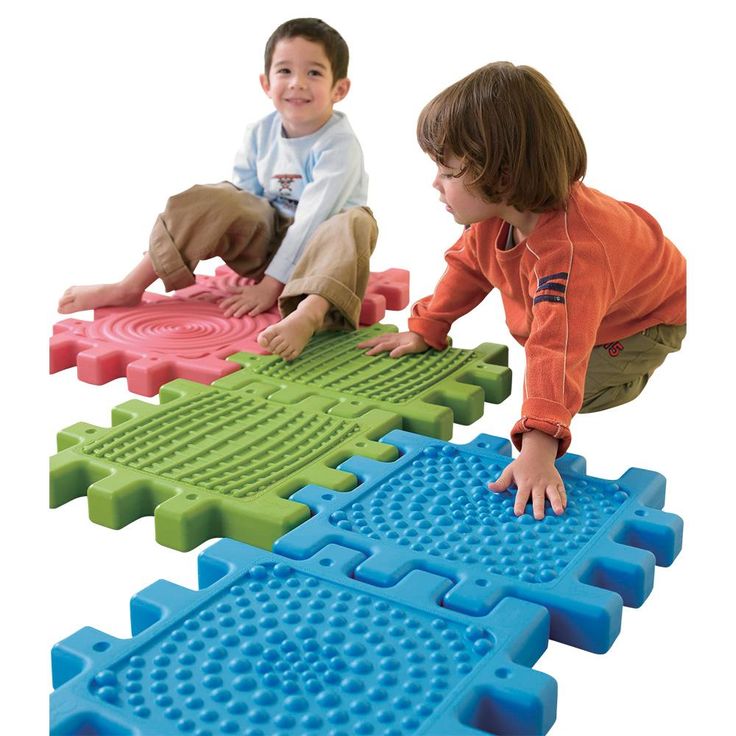 This can be incredibly helpful in times of distress, providing relief from symptoms of depression, panic attacks and PTSD. Additionally, deep pressure stimulation can also help reduce aggression, hyperactivity and impulsiveness in children with autism spectrum disorders.
This can be incredibly helpful in times of distress, providing relief from symptoms of depression, panic attacks and PTSD. Additionally, deep pressure stimulation can also help reduce aggression, hyperactivity and impulsiveness in children with autism spectrum disorders.
Deep pressure stimulation can be used in both short-term and long-term situations to provide comfort and relief for those in need. This type of therapy can be achieved with a variety of tools, from weighted blankets to specialized pressure vests. Service Dog Training School offers training programs for handlers and owners to help them effectively use deep pressure stimulation techniques in order to provide the most benefit for their dog or patient. We also offer educational resources so that everyone involved can understand the best methods for applying these techniques for maximum positive outcome. With the goal of providing the highest level of care and comfort to those in need, Service Dog Training School is committed to helping you get the most out of your pressure stimulations.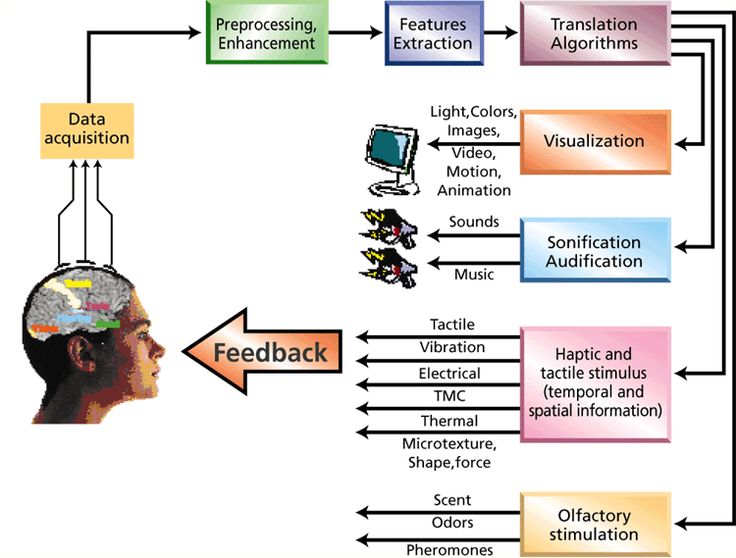 Contact us today to learn more about how we can help you provide the best possible therapy for your dog or patient!
Contact us today to learn more about how we can help you provide the best possible therapy for your dog or patient!
By providing deep pressure to the body, it begins to run its parasympathetic nervous system (PSNS), replacing the sympathetic nervous system (SNS). This change is known as a switch from “fight or flight” to “rest and digest”.
The sympathetic nervous system is responsible for the body's reactions in stressful situations like when you are late for work, and you barely move in a traffic jam. If you have been in stressful situations for too long, and the sympathetic nervous system indicates many stress-causing factors to the body, this could lead to feelings of anxiety, tiredness, panic attacks, sleep disorders...etc.
When the body starts running the PSNS, the muscles relax and the circulation enhances. Endorphin, dopamine, and serotonin are being produced and create the feeling of happiness.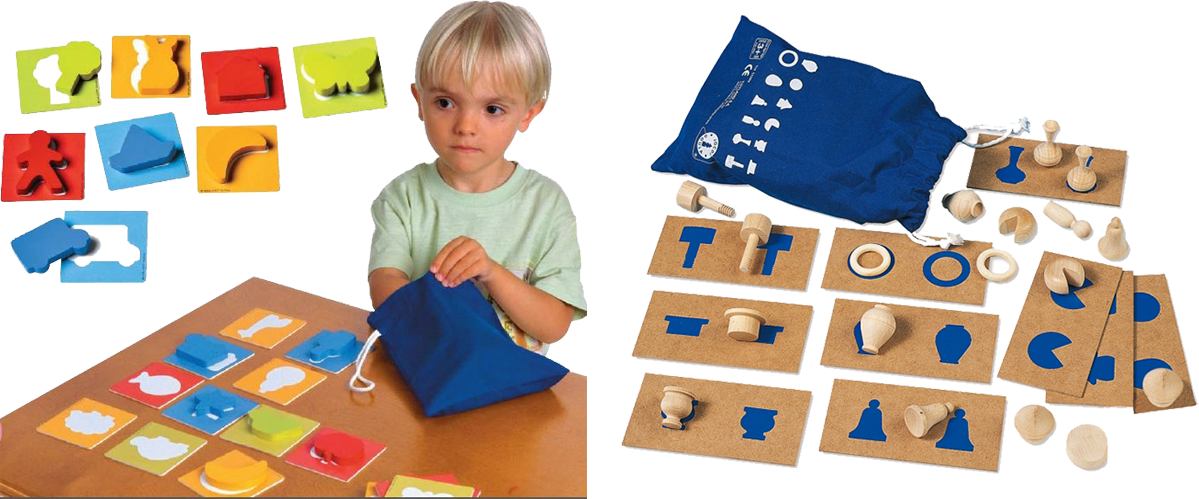 They improve memory, sleep, motivation, and social skills.
They improve memory, sleep, motivation, and social skills.
People with conditions like autism, sensory processing disorder (SPD), depression, and Alzheimer, are likely to suffer from sensory overload. These individuals are not likely to be able to easily switch from running the (SNS) to running the (PSNS) and even less important factors could trigger the (SNS) and interfere with the feeling of calmness.
Deep touch pressure (DTP) leads to a calming effect when applied to the whole body.
Who can benefit from Deep Pressure Therapy?It can be used by people with disorders like:
Autism, Depression, Insomnia, Post-Traumatic Stress Disorder (PTSD), Sensory Processing Disorder (SPD), Attention Deficit Disorder (ADD), Tourette’s Syndrome, Restless Leg Syndrome.
Many people with physical as well as sensory and mental disabilities decide to have a service dog in order to enhance their lives. Psychiatric Service Dogs are service dogs trained to provide assistance to a person who deals with mental health disorders like depression, post-traumatic stress disorder (PTSD), schizophrenia, anxiety, or bipolar disorder.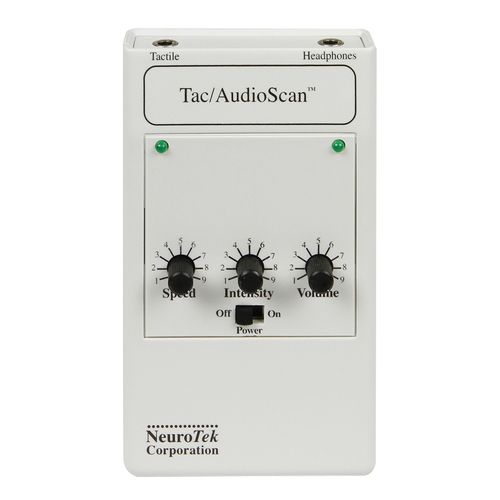 One of the most beneficial tasks that a PSD can provide is exactly a deep pressure stimulation or a deep pressure therapy.
One of the most beneficial tasks that a PSD can provide is exactly a deep pressure stimulation or a deep pressure therapy.
The goals of this therapy may be different, however, in most cases, it is used for grounding and calming persons with a dissociative episode or who got a panic/ anxiety attack. The process may take place differently depending on the dog’s breed, respectively its size, and the amount of pressure that the individual wants to be applied to their body.
If a dog’s breed is large, the dog could provide tactile stimulation through their chin to different parts of their handler’s body.
If the dog’s breed is considered small, the dog partner can sit or lay in the lap of their handler.
There are two main tasks or behavior types that a Psychiatric Service Dog is trained to perform when providing a DPT:
Lap and Chin
How to train your dog to perform the task “Lap”You can try sitting on a couch/chair accompanied by your dog positioned next to you. Tap with your leg eagerly and use sounds with a higher frequency, so that they are more passionate and can stimulate your dog partner to jump into your lap or leg. If your furry friend understands and fulfills the command, you can reward him/her.
Tap with your leg eagerly and use sounds with a higher frequency, so that they are more passionate and can stimulate your dog partner to jump into your lap or leg. If your furry friend understands and fulfills the command, you can reward him/her.
If your fluffy friend does not want to jump, you can try providing a treat near to his/her nose as a motivation.
In case your dog partner just does not want to fulfill the task, you can put him/her on furniture around you and motivate him/her to jump up onto your lap. If your dog partner understands what you expect him/her to do, put him/her on the ground and try again with the exercise from this position.
After your fluffy friend starts jumping up on a regular basis and manages to completely understand the task, you can try encouraging him/her to take a laying position.
You need to choose a word and say it in order to stimulate him/her to take this position (the word could be “Lap”, but this is not mandatory).
If you tried making your dog fulfill the task using a treat you can start trying to encourage him/her to achieve this behavior without using such.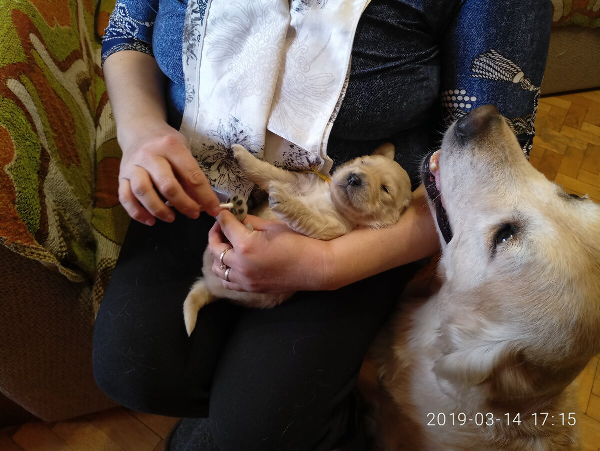 In some cases, you may need to provide the task, wait for a few seconds, and then give a reward when he/she fulfills the task. You may not want to give too many treats to your dog partner. At this point, you can start providing a treat only if he/she fulfills the task accurately and fast. You may want to keep the sessions short. Even when your dog partner does not show perfect results, respectively does not become a treat 5-6 times, you can still reward him/her. Your dog partner should stay motivated and not get stressed when he/she does not make something the best way possible on the first try.
In some cases, you may need to provide the task, wait for a few seconds, and then give a reward when he/she fulfills the task. You may not want to give too many treats to your dog partner. At this point, you can start providing a treat only if he/she fulfills the task accurately and fast. You may want to keep the sessions short. Even when your dog partner does not show perfect results, respectively does not become a treat 5-6 times, you can still reward him/her. Your dog partner should stay motivated and not get stressed when he/she does not make something the best way possible on the first try.
You can extend gradually the time required for your dog to stay on your lap as well as the time before you give him/her a reward. You may want to improve the duration slowly and to provide a treat for different amounts of time. Furthermore, you can reward your dog after 3 seconds, after 4 seconds, then decrease the period to 2 seconds, and after that increase it to 5 or 6 seconds. The most important rule is that the exercises be provided patiently, step by step.
Read more about Service Dog Positive Reinforcement Training
How to train your dog to perform the task “Chin”You can try encouraging your dog partner to put his/her nose over your foot or arm using a treat. When you feel the tactile stimulation and the task is considered “fulfilled”, you can reward him/her.
You need to choose a word (similarly to the “Lap” task, it is not necessary to choose the word “Chin”). After choosing a word, you need to say it and after that to encourage your dog partner with a treat to put his/her nose over your arm or foot.
You need to gradually stop giving treats to your dog partner so that he/she can manage to fulfill the command without receiving a treat. However, you still need to mark and reward the task, when you feel a tactile stimulation.
The same approach as the one used for the Lap task has been used here for increasing the duration. First, you can give a treat for shorter amounts of time and then start increasing them gradually. You need to remember to give a reward for 3 seconds, 4 seconds, then for 2 seconds, and then for 5-6 seconds, then again for 1-2 seconds.
You need to remember to give a reward for 3 seconds, 4 seconds, then for 2 seconds, and then for 5-6 seconds, then again for 1-2 seconds.
For more Psychiatric Service Dog Task Training, we would recommend you browse the syllabus of the SDTSI Certified Service Dog Training Course.
description, character and main features
Content:
- What can be called service dogs?
- Australian Shepherd (Aussie)
- Akita Inu
- American Staffordshire Terrier
- Beagle
- Boxer
- Border Collie
- Welsh Corgi (Pembroke & Cardigan)
- East European Shepherd
- Golden Retriever
- Doberman
- Caucasian Shepherd Dog
- Labrador Retriever
- Moscow watchdog
- German Shepherd
- Rottweiler
- Black Russian Terrier
- St. Bernard
- Terminals
Dogs are man's best friends and faithful helpers.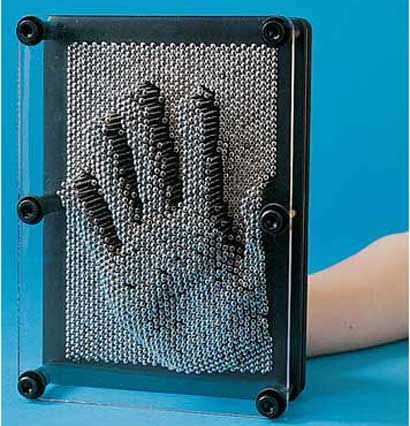 Representatives of some breeds steadfastly serve on a par with people, participating in search and guard activities. A sharp scent, a strong psyche, courage and endurance are the qualities that a real service dog should have.
Representatives of some breeds steadfastly serve on a par with people, participating in search and guard activities. A sharp scent, a strong psyche, courage and endurance are the qualities that a real service dog should have.
Of course, these dogs can also be kept as companions. Cynologists recommend that owners of service dogs take at least a general training course (OKD) in order for the pet to become obedient and well-mannered.
Does your heart belong to the service breed? On the eve of the holiday - Defender of the Fatherland Day - we have prepared material about the most popular of them.
What kind of dogs can be called service dogs?
Service breeds are divided into:
1. Hunting. Their task is to hunt down and pursue prey.
2. Shepherds. Help to graze livestock in all weather conditions.
3. Security. Guard objects and people.
4. Investigative. Carry out a search for people in danger, prohibited substances.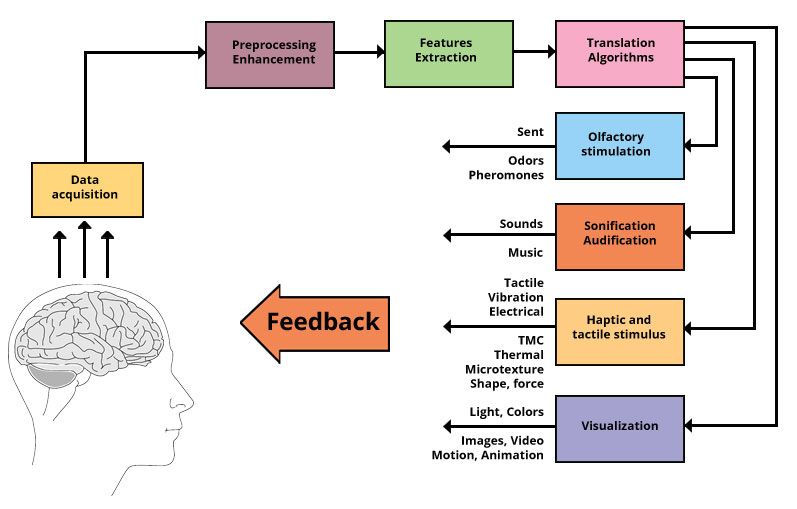
5. Customs. Find objects and substances that cannot be brought into or taken out of the country.
6. Bodyguards. Dogs guarding people.
7. Search engines. A keen sense of smell helps to find people who are missing, trapped under rubble, etc.
8. Guards. Protect the borders of the state.
9. Riding. Designed for transporting people and goods in difficult weather conditions.
10. Sappers. Find explosives, help clear the area.
11. Assistance dogs for people with disabilities (guide dogs, rehabilitation dogs, therapeutic guard dogs).
Australian Shepherd (Aussie)
Good-natured dogs that, despite their mischievous nature, will never offend themselves or family members. They prefer to dominate, so the owner will have to be patient to find a common language with the pet.
Australian Shepherds have historically been used as herding dogs, making them responsible babysitters.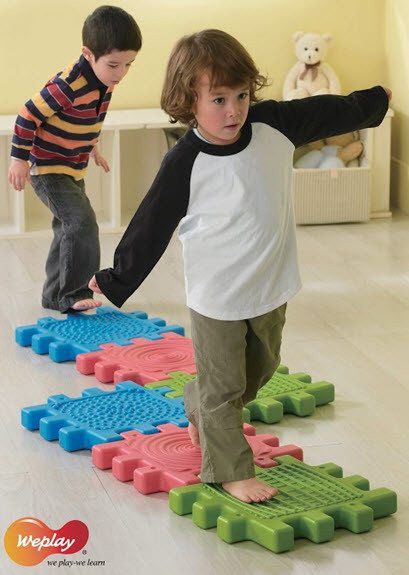 They are often recruited into the border guard and also trained as guide assistants.
They are often recruited into the border guard and also trained as guide assistants.
Akita Inu
These people from the land of the rising sun are owners of a difficult character who need training skills. It is impossible to bring up a “plush toy” from an Akita Inu - a proud and independent disposition will not allow this.
They do not like the presence of strangers, and they will growl at other dogs, clearly marking their territory. Spending time in nature, chasing a toy is their favorite pastime. The dog of the Akita Inu breed will become an excellent guard, to whom you can safely entrust your home and family.
American Staffordshire Terrier
Strong and hardy staffs are distinguished by high intelligence. Despite the formidable appearance, this dog never attacks just like that - it is quite difficult to get him out of himself. Aggression will be manifested only in case of a clear danger.
The training of the Staffordshire Terrier should begin at a very early age - the dog must be clearly aware of how to behave with family members and with other people. The character of the guard, laid down by nature, makes representatives of the breed reliable companions with whom you can feel completely safe.
The character of the guard, laid down by nature, makes representatives of the breed reliable companions with whom you can feel completely safe.
Beagle
The Beagle is a hound breed, so the presence of a small fidget in the house is guaranteed. The activity of this dog can only be envied. Beagles adore a large number of people, whose attention is attracted with pleasure. They do not like to be left alone, in the absence of the owners for a long time, they can begin to destroy the house, expressing their extreme indignation.
They get along with other dogs, but cats are not respected - the hunter's temper affects. The Beagle is an ideal breed for a large family, which will delight owners with optimism and inexhaustible energy until their advanced years.
Boxer
Fearless boxers are excellent watchdogs, therefore they are often used by law enforcement agencies as service dogs. These are dogs that will be faithful to their owners until their last breath.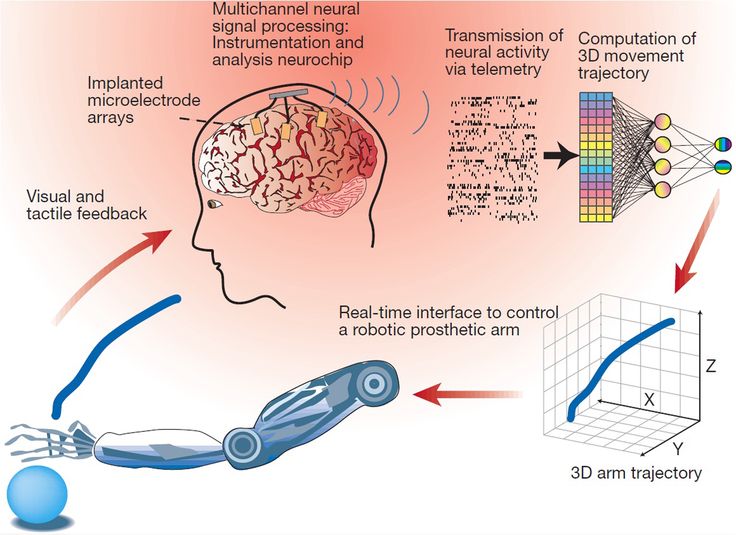 With the right upbringing, a reliable family member, active and friendly, grows out of a boxer.
With the right upbringing, a reliable family member, active and friendly, grows out of a boxer.
Another distinctive quality is increased alertness towards strangers. However, you should not be afraid of a boxer: he always feels those who pose a real threat. Boxers love children, they are happy to participate in their games, and in case of danger they will be the first to come to the rescue.
Border Collie
Border collies are considered to be the smartest dogs in the world. They are easy to train and able to learn complex commands. These are workaholic dogs who need someone to take care of all the time.
The ancestors of modern border collies were herding small livestock, so watchdog skills predominate in them at the genetic level. They will surround the whole family with their care, especially small children. These four-legged friends require constant exercise - a passive lifestyle is not for them.
Welsh Corgi (Pembroke & Cardigan)
"Big dog in a small body.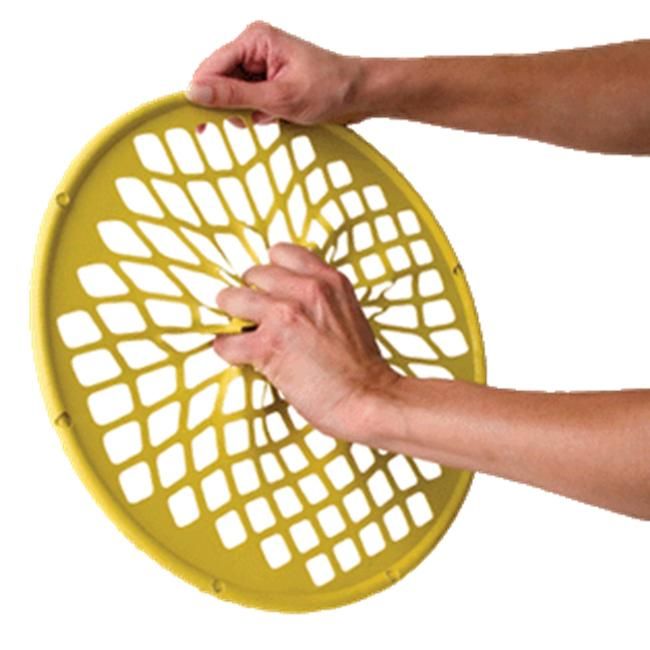 " This is exactly what the owners say about the Welsh Corgi. Active and cheerful shepherd dogs conquer with high intelligence and amazing artistic abilities.
" This is exactly what the owners say about the Welsh Corgi. Active and cheerful shepherd dogs conquer with high intelligence and amazing artistic abilities.
They perfectly feel the mood of their owner, understanding when to insist on communication, and when to step aside. They need to keep abreast of events all the time, because they don’t want to miss something interesting! Corgis are inherently fearless, so if necessary, they will engage in a fight with an enemy that is significantly superior to them in physical data.
East European Shepherd
Our "compatriots" - East European Shepherd Dogs - are born guards and watchmen. With such a dog, you don't have to worry about your own safety. If you decide to get an East European Shepherd, be prepared for the fact that you will have to go through a training course with it, and more than one - they need to periodically consolidate the acquired skills.
Friendly to children and wary of strangers, this breed makes excellent companions.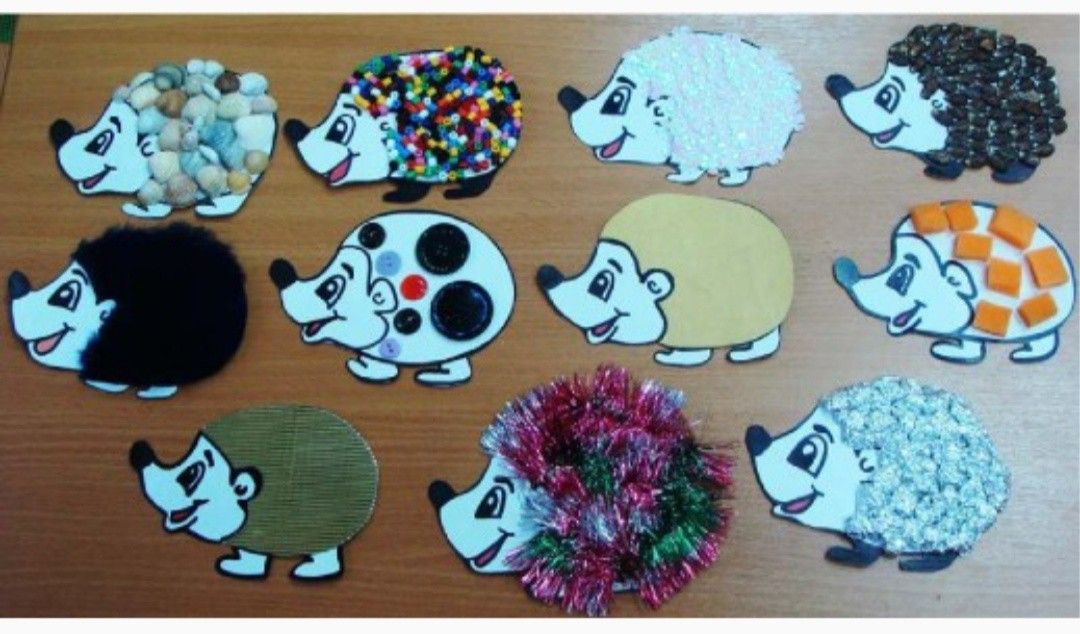
Golden Retriever
The breed was popular among the English nobility, who spent their free time hunting. The dogs carried shot game, and it was not difficult for them to climb into thickets of thorny bushes or a cool pond.
To this day, many hunters choose a golden retriever as a four-legged companion. They also train search engines, rescuers and guides.
Doberman
Graceful Dobermans only seem dangerous. A properly trained dog will never show aggression. The breed is highly intelligent and easily learns commands.
A distinctive character trait of any Doberman is vigilance. He is always on the alert, so you can not be afraid for the safety of the home. Attacking without warning is not about the Doberman: nature has endowed these dogs with a strong and balanced psyche.
Caucasian Shepherd Dog
They are also called wolfhounds - they are ready to defend their master to the last. The nature of Caucasians is complex, sometimes aggressive, so they need a firm hand. Despite the harsh disposition and outward brutality, these four-legged pets are infinitely devoted to their family, they treat children with sensitivity and care.
Despite the harsh disposition and outward brutality, these four-legged pets are infinitely devoted to their family, they treat children with sensitivity and care.
They are quite loyal to other pets, especially representatives of miniature breeds. They are wary of strangers, but they will show aggression only in case of a real threat.
Labrador Retriever
One of the most popular breeds in the world. Labradors are suitable for keeping in a large family where there are other animals and small children. Aggression is alien to them, and the positive disposition of the pet is able to cheer up anyone.
These dogs have innate hunting instincts, but in the modern world they are widely used as guides, searchers and rescuers.
Moscow watchdog
The name speaks for itself - this is a guard dog that will steadfastly carry out guard duty. The blood of St. Bernards and German Shepherds flows in their veins, so the character is quite controversial: sometimes "Muscovites" show ferocity, sometimes they amaze with their phlegm.
These large quadrupeds are hyper-responsible nannies, but kids need to be careful. A wild dog can accidentally knock a child down.
German Shepherd
They are distinguished by high intelligence, excellent security and search qualities. That is why representatives of this breed are most often used by government services as assistants. They are easy to train and enjoy learning new commands. The character is loyal and balanced.
Rottweiler
The Rottweiler is a guard dog that requires responsible maintenance. A dog that has not completed a training course can grow aggressive and attack not only other animals, but also people. It takes a long time to raise an obedient dog. Recognizes the authority of only one owner, treats other family members friendly.
Black Russian Terrier
A hardy and prudent dog, bred by Soviet cynologists as a service dog. At the moment, representatives of the breed are used as rescuers, searchers and security guards.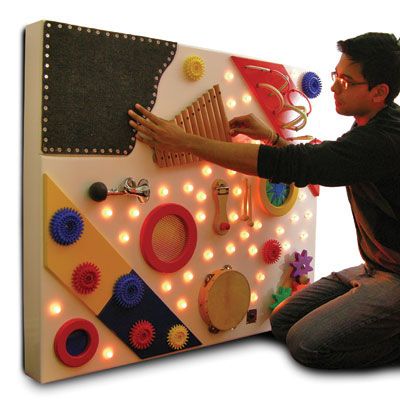 These are calm four-legged animals with an excellent memory. Responsibly protect their home, family members.
These are calm four-legged animals with an excellent memory. Responsibly protect their home, family members.
St. Bernard
Calm St. Bernards have historically been used by humans as rescuers - they easily found people under avalanches. Dogs are good-natured, peaceful, therefore ideal for keeping in the family.
Their character can be called imperturbable - they are indifferent to strangers, however, as well as to other animals. The Saint Bernards, despite their outward melancholy, love games and take part in joint fun with pleasure.
Terminals
Our advice to future service dog owners:
1. Carefully study the information about the breed: character, features of maintenance and care, etc.
2. Buy a puppy only from trusted kennels that have the necessary certificates.
3. Prepare your home for the arrival of a new family member: purchase food and water bowls , bed or bed , toys .
4. Feed your dog only quality food premium, super premium and holistic . Such diets are fully balanced and have a high protein content.
5. You will need 9 for walking0003 Collar, leash and ID tag .
6. Consider who will train the dog. If you decide to train your dog yourself, take care of the appropriate equipment and accessories .
7. Do not forget to treat your pet regularly for parasites .
8. To prolong your pet's life, once a year go through a comprehensive examination at a veterinary clinic.
9. Follow the vaccination schedule.
We also recommend
Why dogs like to stick their head out of the car window
It seems that no dog can resist the temptation to stick his muzzle out the car window. The wind blows the fur, the ears flap with speed, and the tongue sticks out far. Is it really that nice? Why do all the dogs in the world do this?
discover magazine
Any dog owner will attest that it is impossible to ride in a car with a dog that does not lean out of the window.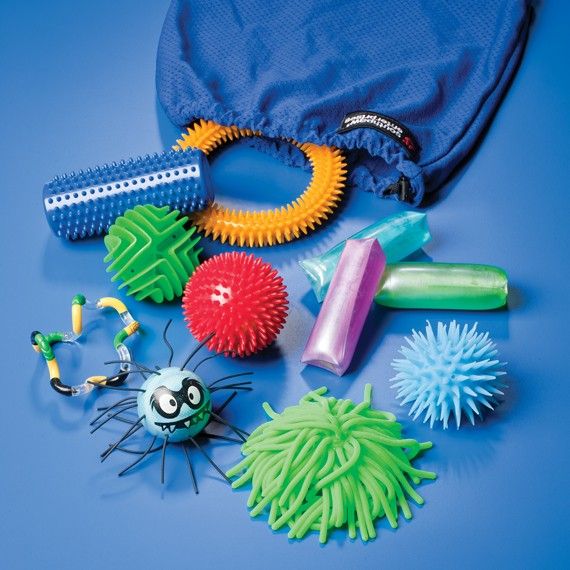 But even if sometimes pets do it too pushy, this is one of the features that makes them so cute and funny
But even if sometimes pets do it too pushy, this is one of the features that makes them so cute and funny
Every animal has a set of habits that is unique to its species. Absolutely all dogs chase their tail, sniff each other on a walk and bring the ball. Unfortunately, not all of these bizarre habits are of interest to the scientific community. Therefore, it is almost impossible to unambiguously answer the question why dogs like to stick their heads out the car window so much, but veterinarians have several assumptions.
One theory is that for dogs, driving is not as exciting as what is outside the window. “Dogs get more olfactory stimulation when their heads are out of the car. And even with the windows down just a few inches, it seems to provide enough air that can activate certain receptors and desires,” says Natalie Zelinski, director of behavioral services at the Wisconsin Society.
The sense of smell of dogs is highly developed and far superior to ours. The nose of an animal is equipped with a complex labyrinth of 225 million olfactory receptors, while humans have only a measly six million. Therefore, for dogs, smells are a separate world.
Therefore, for dogs, smells are a separate world.
“Poking their head out the window, they smell every person on the street, every trash can they pass, every patch of grass, restaurant and other dogs. For us, it's like watching TV,” compares Jennifer Cattet, animal behavior researcher and owner of the Medical Mutts service dog training center in Indianapolis, USA.
ADVERTISING - CONTINUED BELOW
Although smells are probably the main reason for this behavior in dogs, sight is still their main source of information. Therefore, an open window seems much more interesting than the back seat of a car.
Zelinsky notes that tactile sensations are added to smell and vision. When the wind blows over the dog's head, it swells the fur, the ears, and even the tongue, which is also very (!) interesting for the pet.
Experts say that despite the fact that these factors seem very logical, we should not forget that all dogs are very different.